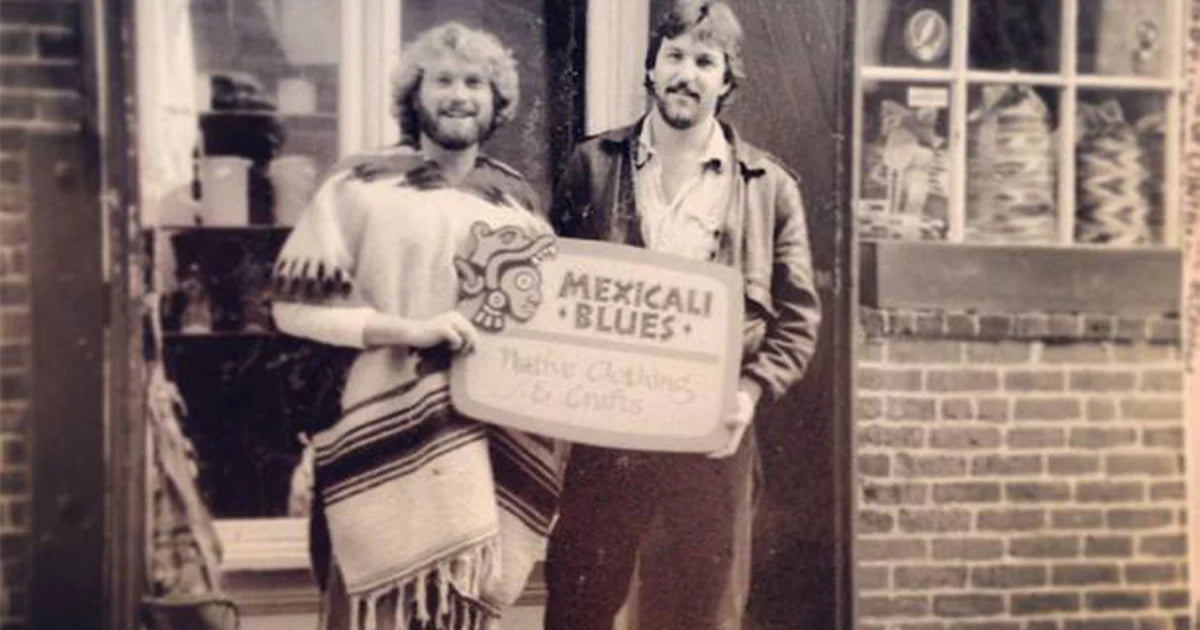learn more
our stories
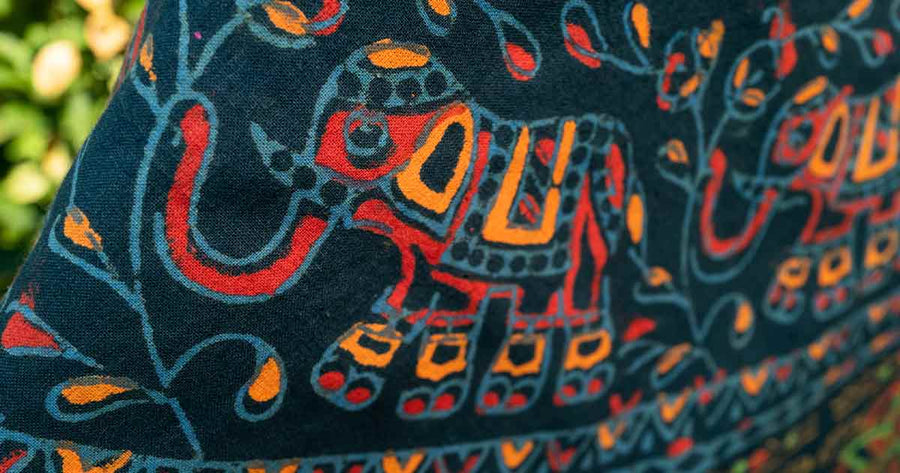
Elephant Symbolism: Meaning of the Elephant as an Animal Totem
- Aug 29, 2022

What Are Tibetan Prayer Flags? An Ancient Way to Spread Good Vibes 💫
- Dec 10, 2021

Sound Healing & Singing Bowls 💫
- Sep 21, 2021
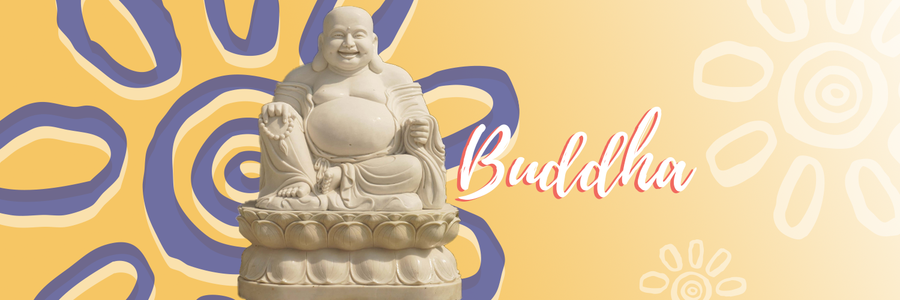
The Happy Buddha: Symbolism across Cultures
- Sep 8, 2020
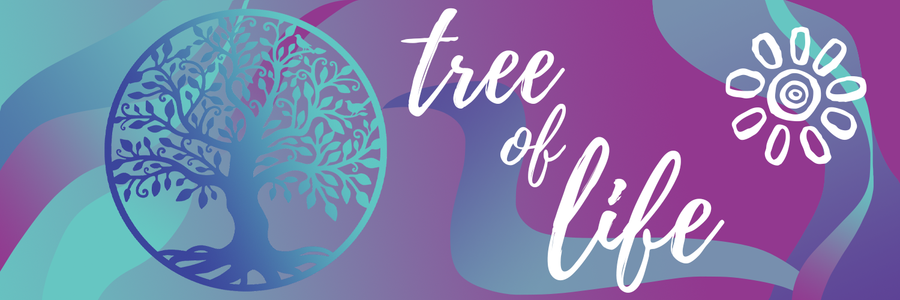
TREE OF LIFE: SYMBOLISM ACROSS CULTURES
- Jul 27, 2020
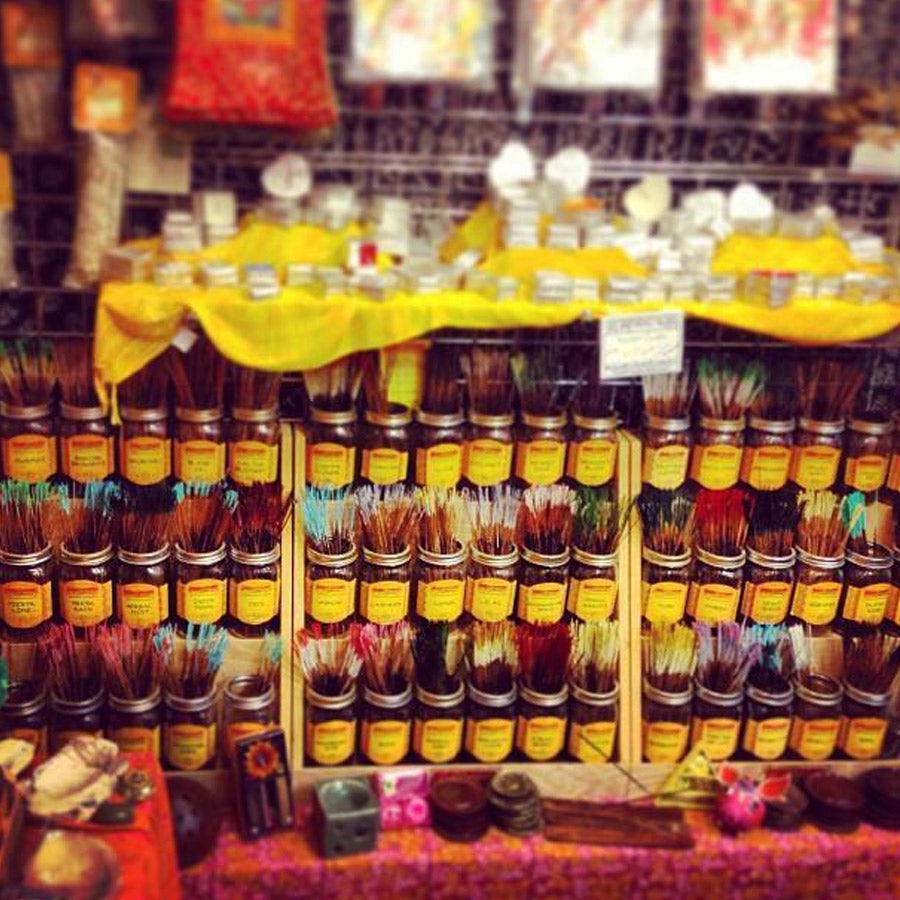
HEALING WITH AROMATHERAPY: The Olfactory Magic of Incense & Oils
- Jan 21, 2019
Showing
1
Of
3


